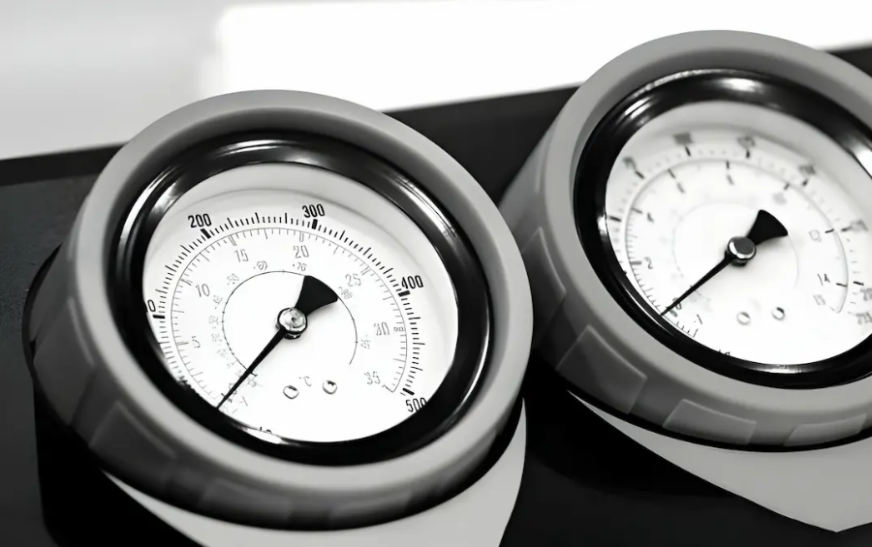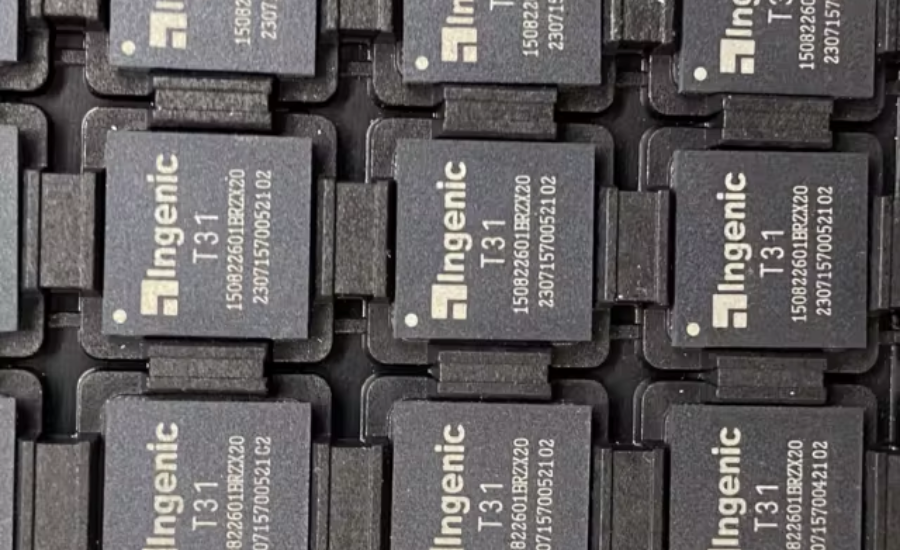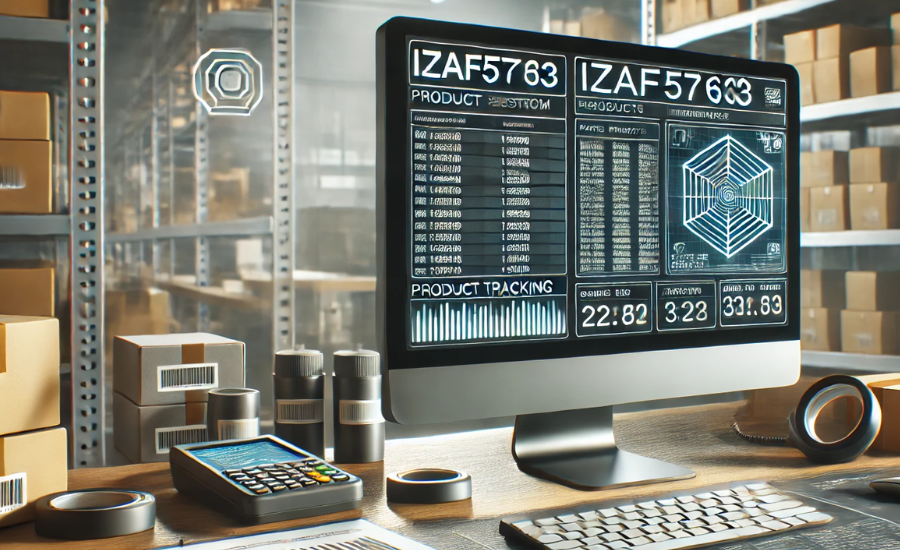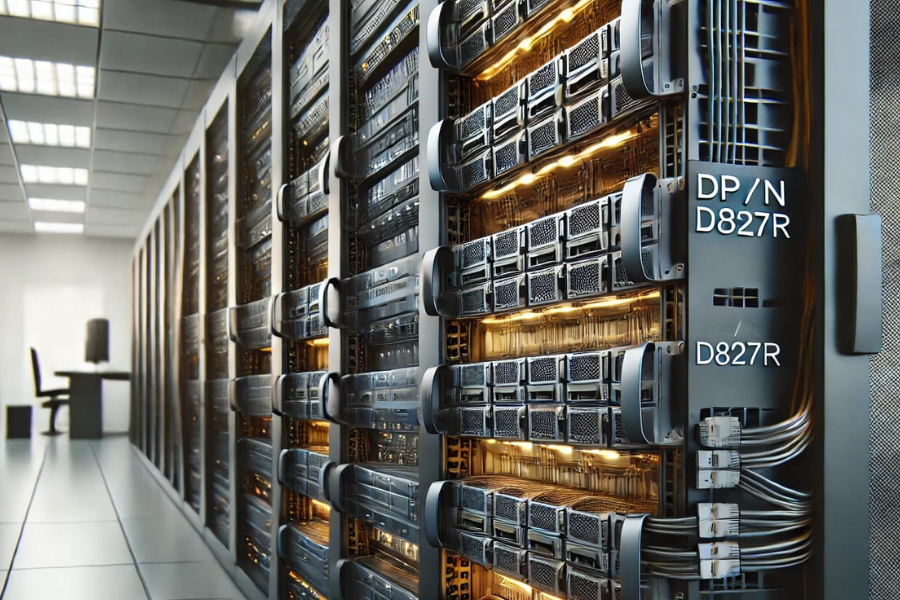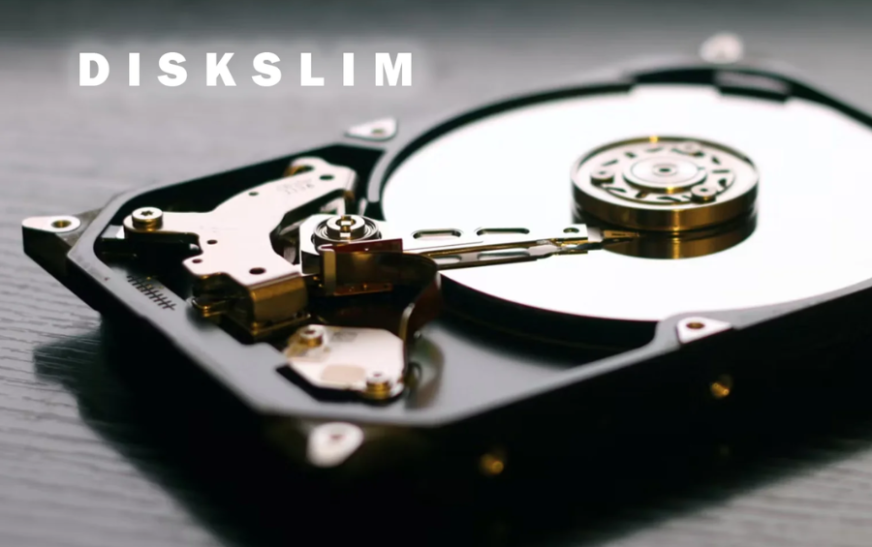Vacumetros, also referred to as vacuum gauges or sensors, are vital instruments for measuring and monitoring vacuum levels in a variety of industrial and scientific settings. This guide is tailored to help newcomers grasp the essentials of vacumetros and their applications while also serving as a resource for anyone aiming to deepen their understanding.
What Is a Vacumetro?
A vacumetro, commonly known as a vacuum gauge or vacuum meter, is an essential instrument used to measure the pressure within a vacuum system. It is used to detect how much pressure is present in a system that operates below atmospheric pressure, which is crucial in various industrial and scientific applications.
Key Features of a Vacumetro
- Pressure Sensor: The core feature of a vacumetro is its pressure sensor, which detects the amount of pressure in the vacuum system. These sensors vary depending on the type of vacumetro, including options like capacitance, piezoelectric, or thermal conductivity sensors.
- Display: A digital or analog display presents the readings from the sensor, giving users an easy-to-understand output. Digital models often show precise pressure readings, while analog models may provide a more general range of pressure.
- Vacuum Range: Vacuometros are designed to measure a wide range of pressures, from low to high vacuum. Different models are suited to different vacuum levels, including rough vacuum, medium vacuum, and high vacuum.
Types of Vacumetros
- Mechanical Vacuometros: These types use mechanical means such as springs or diaphragms to measure the vacuum pressure. They are typically used in less sensitive or extreme environments and can be more rugged.
- Electronic Vacuometros: These vacuometros provide precise and accurate digital readings of vacuum pressure. They often feature advanced sensors like capacitive or piezoelectric sensors and are more commonly used in research and high-precision industrial applications.
- Thermocouple and Pirani Sensors: These are specialized types of electronic vacuometros that use the principle of thermal conductivity to measure pressure. They are best suited for measuring pressures in the medium to high vacuum range.
Applications of a Vacumetro
- Manufacturing: In industries like semiconductor fabrication, pharmaceuticals, and food packaging, maintaining precise vacuum conditions is crucial. Vacuometros help ensure that vacuum systems operate at optimal levels.
- Aerospace: Aerospace and satellite manufacturing often require vacuometros to simulate vacuum conditions or monitor the vacuum levels within spacecraft and other equipment.
- Scientific Research: Research labs in fields such as particle physics, chemistry, and material science rely heavily on vacuometros to create and measure controlled vacuum environments, essential for conducting experiments with sensitive materials.
- HVAC and Cryogenics: In systems like air conditioning or cryogenic storage, vacuometros ensure that the vacuum levels are stable to maintain system efficiency.
Why Are Vacuometros Important?
- Precision: Vacuum systems often require precise pressure control for optimal operation. A vacumetro ensures that vacuum conditions are maintained accurately, preventing system failure or inconsistency.
- Safety: In systems that operate under pressure differences, a vacumetro provides early detection of leaks or failures, which could be critical to system safety.
- Efficiency: By maintaining the correct vacuum levels, vacuometros help improve the efficiency of processes that rely on vacuum conditions, such as coating or drying operations.

Types of Vacumetros
Vacumetros come in various forms, each tailored to specific applications. Here are the most commonly used types:
- Mechanical Vacumetros: These operate using physical mechanisms, such as diaphragms or bellows, to measure pressure changes. They are cost-effective and ideal for general-purpose tasks.
- Thermocouple Vacumetros: These rely on thermocouple sensors to detect temperature variations in a vacuum, converting these into pressure readings. They are highly accurate and often utilized in scientific applications.
- Pirani Vacumetros: Utilizing heated wires, these gauges measure the thermal conductivity of the gas in a vacuum. They excel at detecting very low-pressure environments, sometimes as low as 10^-6 Torr.
- Ionization Vacumetros: These advanced devices measure the ion density within a vacuum. Known for their precision, they are capable of monitoring pressures as low as 10^-11 Torr.
How Do Vacumetros Work?
While the specific mechanics vary by type, the overarching principle is consistent: sensors detect pressure changes and convert them into readable data. Here’s a brief overview:
- Mechanical Vacumetros: These rely on the expansion or contraction of a diaphragm or bellows, which then translates into a pressure value.
- Thermocouple Vacumetros: A thermocouple generates a voltage based on temperature differences, which correlates to the vacuum level.
- Pirani Vacumetros: The cooling effect of gases on a heated wire alters its resistance, providing a measure of the vacuum.
- Ionization Vacumetros: Electron emission and ion collection in a vacuum create a current proportional to the pressure.
Why Are Vacumetros Essential?
Vacumetros are crucial for ensuring optimal performance, safety, and precision across a wide range of fields.
Quality Assurance and Safety
In industries like automotive or aerospace, vacumetros help verify that vacuum levels meet strict quality and safety standards. For instance, car engine testing relies on accurate vacuum measurements, while cabin pressurization systems in aircraft depend on them for passenger safety.
Process Control and Monitoring
Vacumetros play a key role in manufacturing processes, such as semiconductor production or food packaging. Precise vacuum levels ensure product integrity, whether it’s sealing food containers or maintaining cleanroom conditions.
Scientific Research and Experiments
Fields like physics and material science depend on vacumetros to create controlled vacuum environments for experiments. They enable researchers to analyze material behaviors without interference from external atmospheric factors.
How to Choose the Best Vacumetro
Selecting the right vacumetro depends on several factors:
- Vacuum Range: Determine the pressure range you need to measure. For extremely low pressures, opt for advanced options like ionization vacumetros.
- Accuracy Requirements: Different applications demand varying degrees of precision. Choose a vacumetro that meets your accuracy needs.
- Durability and Features: If operating in challenging environments, consider rugged vacumetros with additional protective features.
Proper Use of a Vacumetro
To get the most accurate results, follow these steps:
- Connect the vacumetro securely to the vacuum system using appropriate fittings.
- Power on the device and allow it to warm up, as most vacumetros require an initial stabilization period.
- Calibrate the device by adjusting its zero point to match atmospheric pressure.
- Take and record pressure readings.
- After completing measurements, disconnect the vacumetro and store it properly to avoid damage.

Avoiding Common Mistakes
Here are some pitfalls to avoid:
- Skipping the Warm-Up Phase: Many vacumetros need time to stabilize for accurate readings.
- Improper Calibration: Always set the zero point correctly to account for atmospheric pressure.
- Using Incorrect Fittings: Ensure connections are leak-free to prevent faulty measurements.
Short FAQs About Vacuometros
Q: What is a vacumetro?
A: A vacumetro is an instrument that measures the pressure within a vacuum system.
Q: What types of vacuometros are there?
A: There are mechanical, electronic, and thermocouple/Pirani sensor vacuometros.
Q: How does a vacumetro work?
A: It uses a sensor to detect vacuum pressure and displays the readings for the user.
Q: Why is a vacumetro important?
A: It ensures the correct pressure levels in vacuum systems, which is critical for efficiency and safety in various industries.
Q: Can a vacumetro measure both high and low vacuum levels?
A: Yes, vacuometros can measure a wide range of vacuum pressures, depending on the model.
Conclusion
Vacumetros are indispensable tools for numerous industries and scientific endeavors. Understanding their types, applications, and proper usage can significantly enhance operational efficiency and safety. By avoiding common errors and selecting the right device for your needs, you’ll maximize the potential of these versatile instruments.

